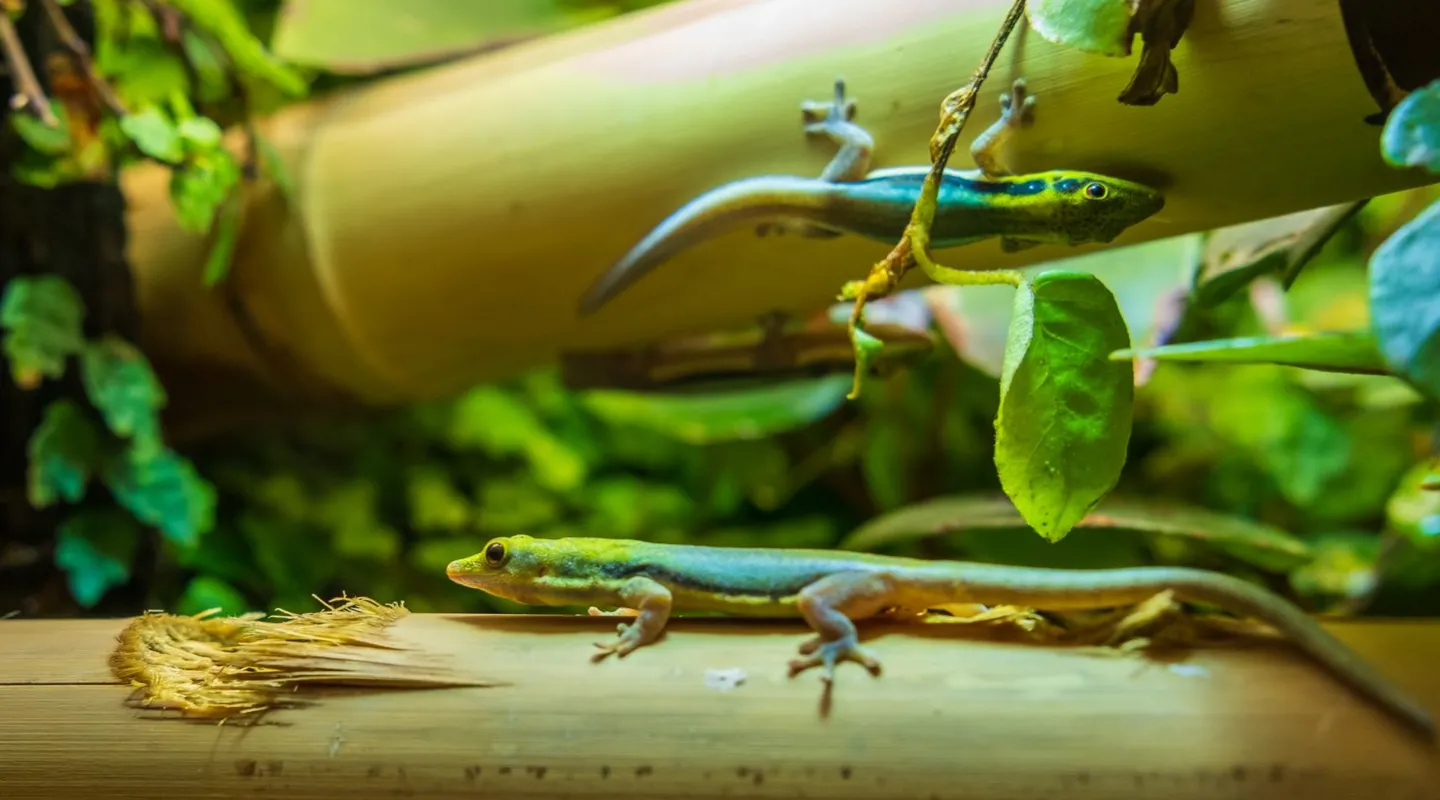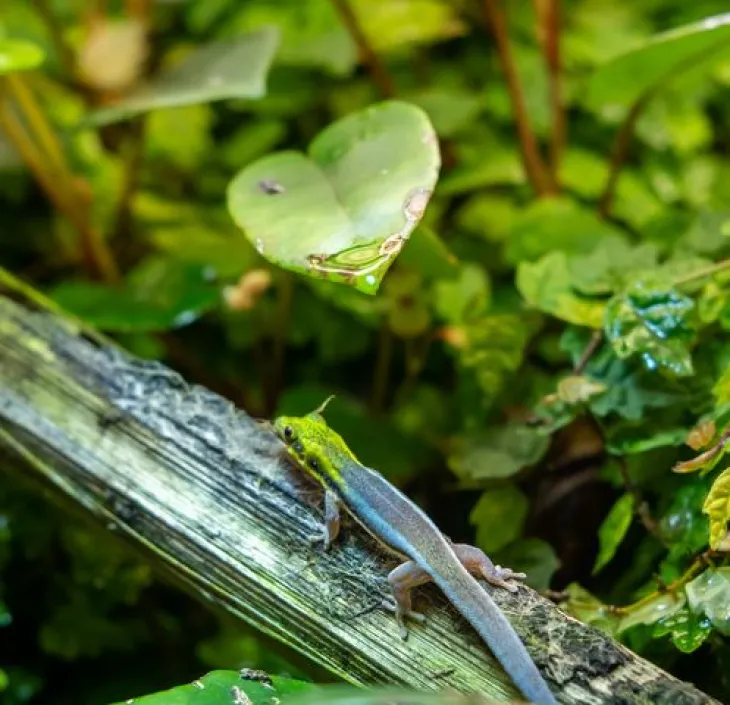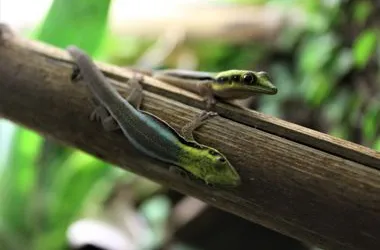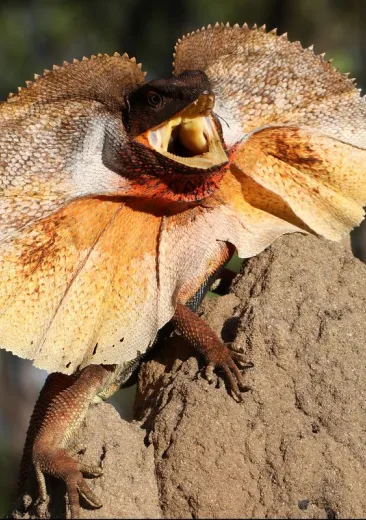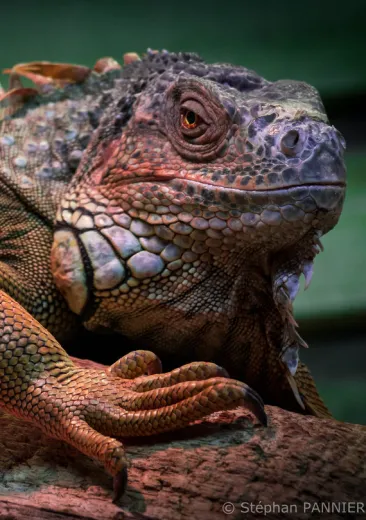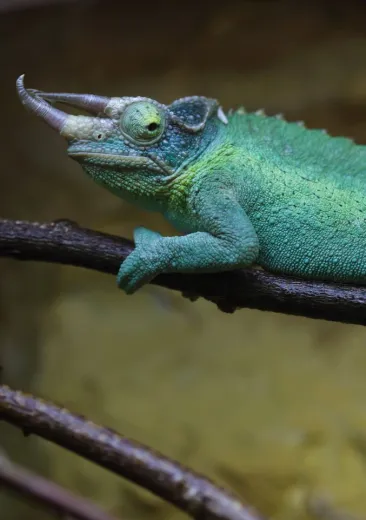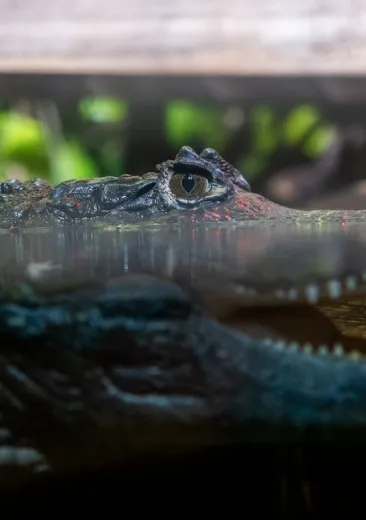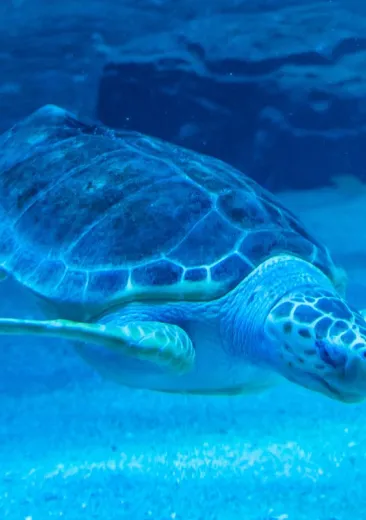Biomimicry: the adhesive strips on the underside of the geckos' legs inspired the development of gecskin, a material used to attach objects to walls.
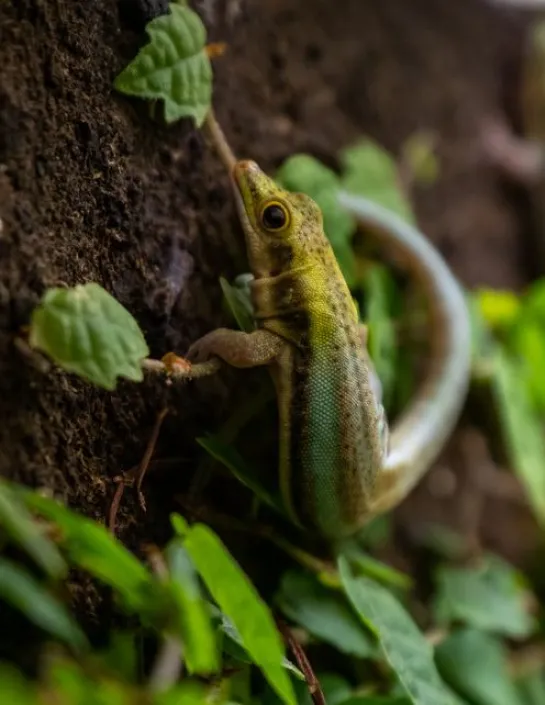
Identity card
Klemmer's day gecko
- Scientific name:
- Phelsuma Klemmeri
- Family:
- Geckonidae
- Class:
- Reptilia
- Phylum:
- Chordata
- Year of description:
- Seipp, 1991
- IUCN Status:
- Endangered
- CITES-status:
appendix II
- Distribution:
-
Northwest coast of Madagascar.
- Habitat:
-
It lives primarily in the tropical forests of Madagascar
- Size:
The Klemmer's day gecko measures between 7 and 10 cm.
- Diet:
-
It feeds mainly on small insects, flower nectar and fruit pulp.
